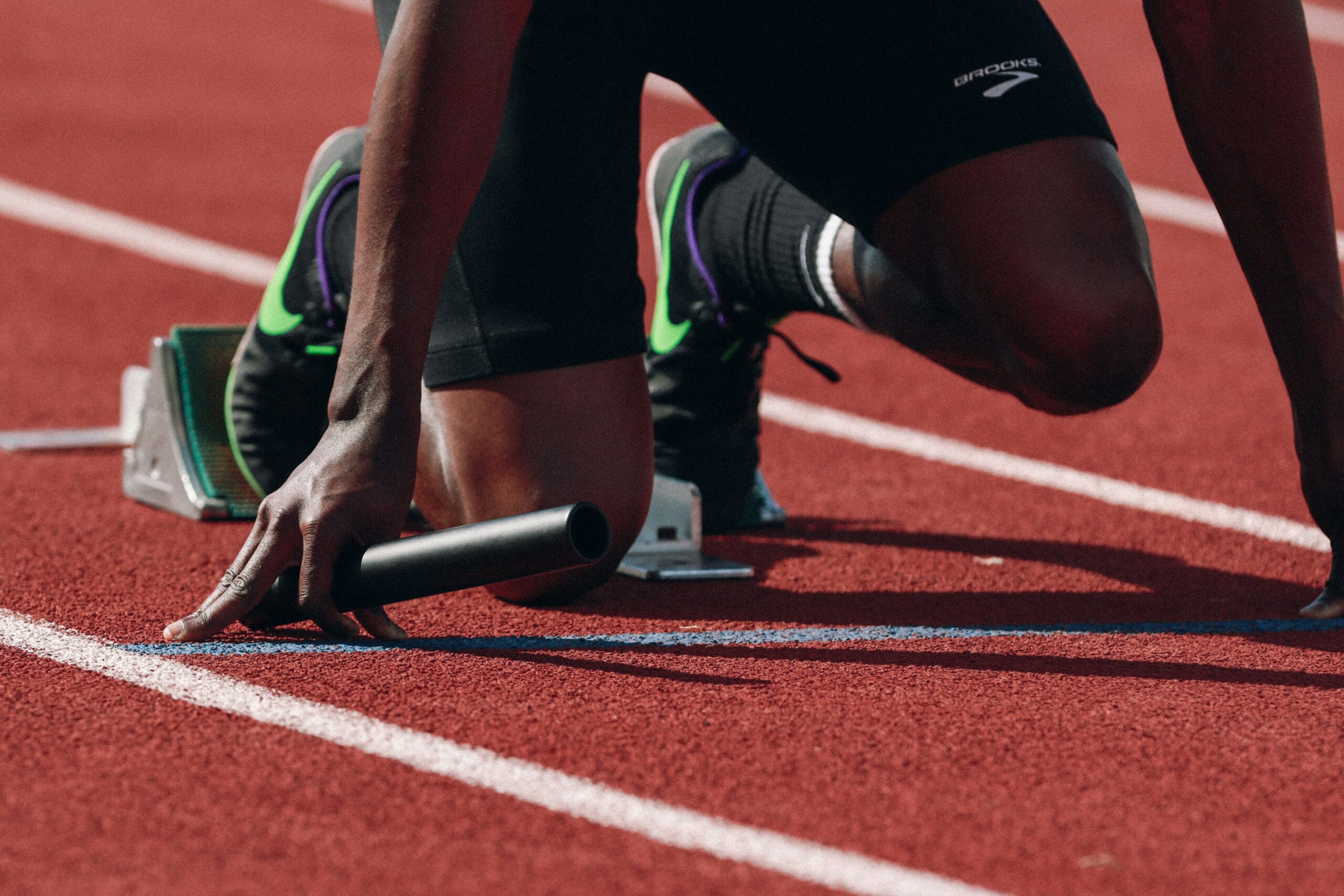Elevate Your Game with These Unconventional Training Techniques
We live in an age where the boundaries of athletic training are continuously being pushed. Every year, new methods, ideas, and technologies emerge, forcing athletes and coaches alike to rethink traditional training paradigms. But let’s not get lost in the buzz of the latest fitness fad; sometimes, it’s the unconventional techniques that can truly elevate your game. They might sound a bit quirky at first, but, believe me, they pack a punch that can make all the difference on the field, court, or track.
The Art of Visualization: More Than Just Daydreaming
Visualization is often dismissed as simply a mental exercise or, worse yet, something that only athletes dabble in when they’re feeling particularly zen. However, a significant number of elite athletes swear by it. It’s not just about picturing yourself scoring the winning goal or crossing the finish line first; it’s about engaging all your senses in the experience. I remember chatting with a former Olympic swimmer who told me that before every race, she would close her eyes and envision every stroke, every turn, and yes—even the sensation of water splashing against her skin. This technique helped her mentally rehearse her performance and reduce anxiety.
Studies suggest that mental imagery can lead to improvements in muscle strength and coordination. So, while you might feel a bit silly sitting in your living room imagining yourself as the next Michael Jordan, the truth is, you might just be training your brain to help your body perform better. Here’s how to get started:
- Find a Quiet Space: Settle into a comfortable spot where you can focus without distractions.
- Use All Five Senses: Imagine not just what you see, but also what you hear, smell, feel, and taste.
- Be Specific: Instead of general success, visualize specific scenarios—like nailing that tricky corner kick or executing a flawless triple axel.
Incorporating Play: Channeling Your Inner Child
As adults, we sometimes forget the sheer joy of play. It’s easy to get bogged down with serious training regimens and forget how much fun sports can be. That’s where incorporating play comes in. Think about it: some of the best athletes I’ve interviewed have emphasized that their peak performance often stemmed from simply enjoying the game.
Take a page out of the book of soccer players who often engage in small-sided games during practice. These games—think 3v3 or 4v4 setups—encourage creativity, quick thinking, and adaptability. The small space forces players to engage more actively, think on their feet, and develop their skills under pressure. Not to mention, it’s a blast!
Games That Boost Skills
Instead of sticking solely to drills, try integrating some of these playful techniques into your training:
- Obstacle Courses: Set up a fun obstacle course that challenges you physically while requiring quick decision-making.
- Tag Variations: Games like freeze tag or capture the flag can improve agility and strategic thinking.
- Team Challenges: Incorporate challenges that require teamwork and communication—important skills on any field.
Breath Control: Finding Your Flow
Breathing might seem like the most natural thing in the world, but how you breathe can have a profound impact on your performance. Athletes in high-stress situations—like a basketball player at the free-throw line or a quarterback in a crowded pocket—often struggle with controlling their breath, which can lead to decreased performance.
Enter the world of breath control techniques, which have been used by yoga practitioners and meditation experts for centuries. I’ll admit, when I first heard about this, I thought it sounded a bit like something out of a wellness retreat. But after attending a workshop with a coach who specializes in breathwork, I can confidently say that it’s a game-changer.
How to Practice Breath Control
Here are a few techniques that can help you harness the power of your breath:
- Box Breathing: Inhale for four counts, hold for four, exhale for four, and hold again for four. Repeat this for a few minutes.
- Nasal Breathing: Try to breathe through your nose instead of your mouth during workouts. This can improve oxygen intake and help maintain a calm state.
- Diaphragmatic Breathing: Focus on breathing deeply into your diaphragm rather than shallowly into your chest. This can enhance endurance and reduce stress.
Cross-Training with Unusual Sports
When we think of training for a sport, it’s easy to fall into the trap of doing only that sport’s drills and exercises. But let’s face it: doing the same thing over and over can not only be boring, but it can also lead to overuse injuries. That’s where cross-training comes in, and I’m not just talking about hitting the gym or going for a jog.
Consider incorporating some unconventional sports into your routine. For instance, rock climbing can build incredible upper body strength and enhance problem-solving skills; meanwhile, martial arts improve agility, balance, and mental discipline. I once attended a seminar where a former professional cyclist shared how practicing tai chi not only improved his core stability but also enhanced his mental focus during races. Who would have thought, right?
Unique Sports to Explore
Here are some unconventional sports that can complement your main training:
- Ultimate Frisbee: Great for building endurance and teamwork skills.
- Parkour: Excellent for agility, strength, and creative movement.
- Fencing: Improves reflexes and strategic thinking.
- Rowing: Fantastic total body workout that enhances cardiovascular health.
Mind-Body Connection: The Power of Yoga
If you haven’t yet tried yoga, what are you waiting for? It’s almost become a rite of passage for athletes in all disciplines. The benefits of yoga extend far beyond flexibility. It can enhance your strength, balance, and even mental resilience. I can recall one particularly grueling yoga session where I thought I might never walk again, yet somehow it transformed my approach to physical training. The mental clarity and focus I gained were worth the temporary discomfort.
Yoga teaches you how to listen to your body, an invaluable skill for any athlete. For instance, how often do we push through discomfort only to end up injured? Yoga encourages awareness and mindfulness, allowing you to tune in to your body’s needs. Plus, the breathing techniques learned in yoga can enhance performance in other sports.
Yoga Poses for Athletes
If you’re ready to give yoga a shot, here are some poses particularly beneficial for athletes:
- Downward Dog: A great stretch for the hamstrings and calves.
- Warrior II: Builds strength and stability in the legs.
- Pigeon Pose: Opens up the hips and enhances flexibility.
- Bridge Pose: Strengthens the back and improves posture.
Using Technology Wisely: Apps and Gadgets
We’re in a tech-driven era, and while I often find myself rolling my eyes at the latest fitness gadget, there’s no denying that certain technologies can enhance training. Wearable tech, for example, can provide invaluable feedback on your performance. I’ve seen athletes use smartwatches to track heart rates and recovery times, helping them optimize their training schedules.
But it’s not just about tracking your steps or calories. Some apps offer virtual coaching, guided workouts, and even community support. It’s as if you have an entire gym in your pocket—minus the sweaty equipment.
Recommended Technology
Here are a few tech tools that can help elevate your game:
- MyFitnessPal: Useful for tracking nutrition and setting dietary goals.
- Strava: Great for runners and cyclists to track their routes and connect with others.
- Fitbod: This app generates personalized workout plans based on your goals and available equipment.
Rest and Recovery: The Unsung Heroes
Let’s be honest: we often overlook the importance of rest and recovery. In a world that glorifies hustle and grind, it can be tempting to think that more training equals better performance. But I’ve learned the hard way that neglecting recovery is a recipe for burnout.
Rest days are not just days off; they are vital for muscle repair, energy restoration, and preventing injuries. Incorporating recovery techniques—like foam rolling, massages, or even just lounging on the couch while binge-watching your favorite series—can help you bounce back stronger. I can’t tell you how many times I’ve been amazed at how a well-timed rest day transformed my performance the next time I hit the field.
Recovery Techniques to Consider
Here are some recovery techniques that can help you recharge:
- Active Recovery: Light activities like walking or swimming can help keep blood flowing.
- Stretching: Incorporate static and dynamic stretching to maintain flexibility.
- Hydration: Never underestimate the power of water—stay hydrated to support recovery.
- Sleep: Aim for quality sleep, as it’s during this time that your body does most of its healing.
The Power of Community: Training Together
Training doesn’t have to be a solitary endeavor. In fact, engaging with a community can be one of the most rewarding aspects of sports. I’ve seen firsthand how camaraderie can elevate performance. When I joined a local running club, I was amazed at how the support system encouraged me to push my limits. Suddenly, those long runs didn’t feel like a chore, but rather a social event.
There’s something magical about training with others. It creates a sense of accountability, and let’s face it, it’s much easier to get up for a morning workout when you know your buddies are counting on you. Plus, sharing tips and techniques can expose you to unconventional methods you might have never considered.
Finding Your Community
Here are some ways to connect with fellow athletes:
- Join Local Clubs: Look for running, cycling, or sports clubs in your area.
- Online Communities: Platforms like Reddit or Facebook have groups tailored to nearly every sport.
- Attend Workshops: Participating in workshops or training camps can introduce you to others with similar interests.
Conclusion: Dare to Be Different
As we’ve explored, elevating your game often requires a leap of faith into the unconventional. From visualization techniques that sharpen your mental edge to playful training methods that reignite your passion for the sport, there’s a wealth of strategies to explore. Embrace what resonates with you, and don’t be afraid to experiment. After all, the journey of an athlete is more than just about scores or medals; it’s about growth, exploration, and, ultimately, joy.
So, the next time you lace up your shoes, consider stepping outside of the norm. Who knows? The unconventional path might just lead you to your greatest achievements yet.




